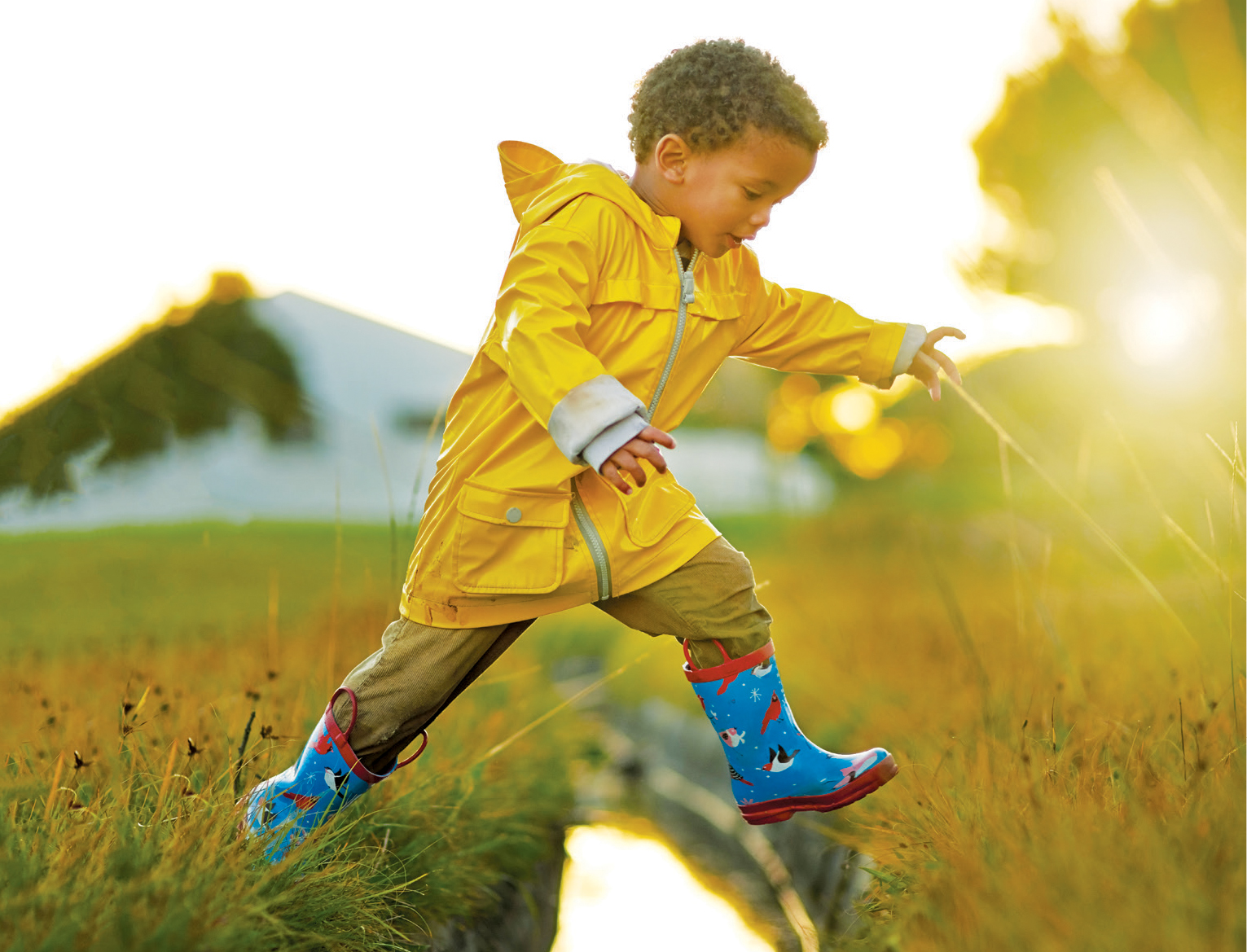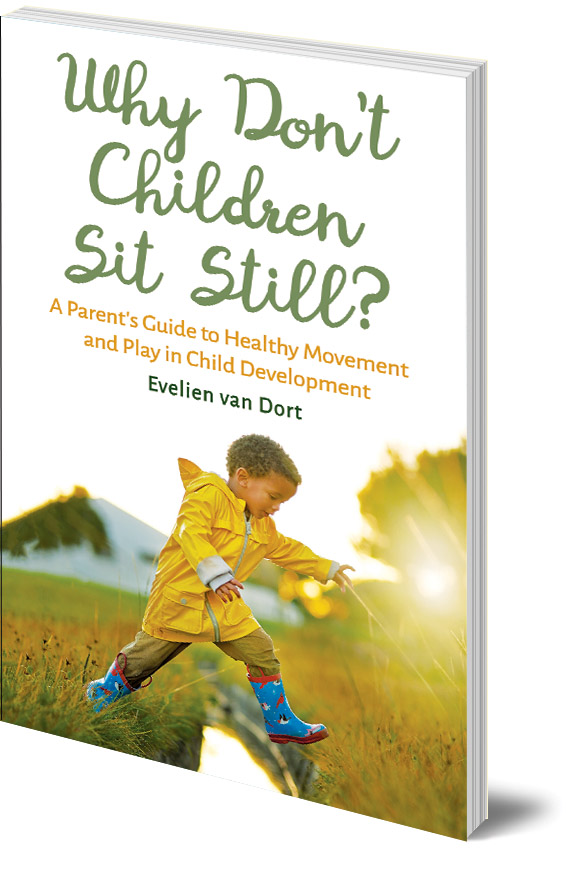Why Don’t Children Sit Still?
by Floris Books • 19 July 2018 • Evelien van Dort, Non Fiction, Parenting • 0 Comments
Movement is essential in helping children develop motor, intellectual, emotional and social skills. Children learn through ‘doing’ and play. But a child’s journey in learning how to control their body can cause frustration in parents. Parents often say, “Just sit still!” Why Don’t Children Sit Still? is the latest parenting book that seeks to allay those frustrations in explaning the reasons why children ought to be physically active and how parents can encourage this. Today’s blog post features experienced physiotherapist Evelien van Dort, drawing on Steiner’s theories of child development, as she explores the role and importance of movement in children’s education.
In traditional schools, children spend most of the day sitting down at a desk. Their movement is restricted, and as a consequence, so is their ability to experience. Abstract concepts are much easier for children to understand if they are accompanied by movement, or doing.
For example, for a child to understand that five apples are greater than two, they must first learn to count using their fingers, beginning with one hand and then progressing to both.
This is the basic foundation for learning the essentials of arithmetic. Learning to ‘grasp’ abstract numbers and quantities with our fingers in this way causes a neural connection, and research has shown that young children with nimble fingers are able to learn arithmetic skills more easily later on. Finger games are important for developing this ability, while playing a musical instrument can also be a wonderful stimulus for hand dexterity. There are lots of ways to encourage this connection, for example activities such as circle games allow children to establish and practise this neural link, especially if they are accompanied by counting exercises.
Using repetitive movements such as walking and counting sounds simple, yet in my experience I have come across many children who have great trouble in stepping or jumping while counting at the same time. Walking and counting backwards simultaneously is even more difficult. This gap in ability demonstrates that the child has not yet achieved freedom of movement (insufficient motor maturation), and that this particular skill needs more attention.
Learning has become an abstract process at most schools. Children sit and work, and are not given the opportunity to develop these key sensory motor skills.
Even in Ancient Greece, sensory motor learning was applied by rhythmically walking while learning a poem by heart, and today, research proves that our memory functions at its best when we move and speak out loud, enabling us to create the all-important neural pathways needed for learning and development.
As Bothmer Gymnastics highlights, sensory motor movement is more than just the mechanics of bones and muscles – it involves the body’s inner processes just as much as its outer actions.
Imagine it this way: a child wants to pick an apple from a tree. The apple is the reason why the child stretches out their arm, stands on their tiptoes or climbs up a ladder. The apple becomes the child’s incentive to move, unlocking the will and translating their impulse into the movement of picking.
The child looks forward to having the apple (soul) and intends (I) to pick it. The apple was already with the child (spirit) before they even started moving. When children take action, they are given the chance to learn using their whole self, through experience and discovery.
The close relationship between movement and experience, or ‘living and learning’, can be seen in a number of schooling systems around the world, but Waldorf schools in particular pay special attention to learning through movement.
For example, in cooking lessons children learn about abstract concepts such as weight when measuring sugar and flour. Here, the principle of ‘learning through living’ is learning through meaningful experiences. Through experience, enthusiasm is kindled and the will is stimulated, providing children with the best possible outlook for learning. But this principle doesn’t just have to be confined to ‘practical’ subjects.
A study performed by the University of Groningen in the Netherlands found that movement in the classroom can give better school results. A programme called ‘Fit and Skilled’ was developed in which children moved energetically for half an hour three times a week during maths and language lessons. Scientists found that walking and jumping caused the children’s brains to release adrenaline, enabling information to be absorbed more effectively – illustrating this undeniable link between movement and experience.
About the Book
Experienced physiotherapist Evelien van Dort‘s compact parenting guide is packed with practical tips to help parents encourage their children, through simple games and exercises, to embrace movement. It also offers advice for parents to help calm hyperactive behaviour and even how to manage screen time. Accessible and easy to dip into for busy parents who want to see their children grow and flourish this is an essential book for the everyday parenting toolkit.
Why Don’t Children Sit Still? is available now.![]()



